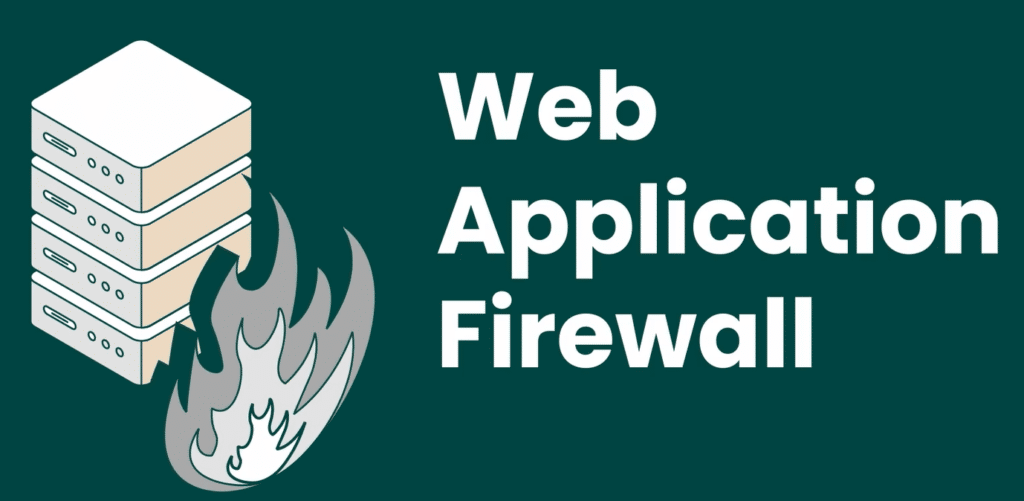Web applications perform critical functions for business operations and growth. And they’re exposed to the internet making them easy targets for adversaries. This combination of importance and exposure warrants a robust security strategy to ensure your web apps are always running and that a potential front door to your corporate network is secure.
From portals, customer relationship management (CRM), and ecommerce, to logistics management and application programming interfaces (API), organizations rely on numerous web apps to function. Without an effective web application security strategy, attackers constantly knock until they find their way in. Without a doubt, this can result in serious financial damage and downtime for your business.
These recent stats related to web application security tell a compelling story:
- In 2024, 25% of all data breaches began with web apps, and 65% of breaches involve a web application at some stage.
- Over half of organizations (52%) have experienced a data breach in the past two years — a staggering 39% increase since 2021.
- 62% of organizations reported unplanned downtime due to an attack. This downtime occurs at least monthly, likely leading to a loss to revenue and operations.
- A record-setting 26,447 new vulnerabilities were discovered in 2023, and we continue to see a high number of zero-days every month with attackers successfully utilizing zero-day and emerging threat exploits.
- For 2022, about 50% of zero-days are linked to previous vulnerabilities suggesting some security patches do not address vulnerabilities as comprehensively as they could.
Developing Your Web Application Security Strategy
Align your web app security strategy with your overarching cybersecurity approach, prioritizing three critical outcomes:
Pre-breach (reduce the likelihood of compromise)
Address vulnerabilities, threats, and configuration issues as early as you can and re-assess periodically. Perform this during every stage of software development. Adopt DevSecOps principles for build, launch, and live stages.
Point of compromise (identify & block live attacks)
The actual point where your applications is targeted with application exploits or credential attacks. A web application firewall (WAF) can sit in front of your application, inspecting requests, evaluating them against a set of policies, and stopping the malicious ones from progressing.
Post-breach (prepare & limit the impact of an attack)
This is a critical element of your strategy. Be prepared for a compromise and have rapid detection and response mechanisms in place. With this, compromise can be detected early and connected with response mechanisms to disrupt, contain, and remediate the threat.
In creating your strategy, don’t focus all your energy and resources in just one of the three areas. In my experience, organizations often make the mistake of focusing almost completely on pre-breach measures and/or point-of-compromise prevention. While I would advise beginning with either of the aforementioned, it is imperative that your web app security strategy delivers on both pre- and post-breach outcomes.
Security Can’t Be an Afterthought
Experience shows that many organizations or IT teams leave web app security strategy as a last-minute add-on, rather than an integral part of the build process, considering security controls and impacts at each stage. You can limit the likelihood of web app compromise by weaving security into your build process. Consider the following points:
Threat model
What threats could impact your application? What risk are there to your organization? Data exfiltration, ransomware, and client-side compromise are common adversary objectives when targeting web apps. Identify the objectives that affect your organization, model the attack sequences that could get them there, and apply appropriate controls to mitigate the risks.
Scan code
Always scan the code for vulnerabilities before you’re in development, especially if you’re using open-source code. While open source has its benefits, you have to use it responsibly. Third-party code can introduce risks, usually inadvertently, but sometimes deliberately. Log4J is still the shining example of the potential consequences.
Secure pipeline
As there will be continuous integration with your pipeline, set up a process for doing this responsibly and effectively, using methodologies such as continuous integration and continuous development (CI/CD).
Vulnerability scanning
Scan the asset as its deployed on a periodic schedule (recommendation is daily). Asses the application from the outside in, from the internal network, and on the host itself to provide a 360-degree view of your exposures and prioritizations.
Penetration test
A penetration test goes even further with hands on keyboard attacks, simulating exactly what an adversary would do. Be sure to patch the results from your vulnerability scan first so your penetration testers earn their money. They will provide a comprehensive report on any holes missed in the automated vulnerability scan and make recommendations on exactly what needs to be addressed and mitigated.
Monitor and re-assess
Constant monitoring is key, including monitoring the app’s behavior to identify any abnormalities or threats. Applications, threats, and business strategy will evolve. Revisit and re-assess the processes you have in place to ensure they still are relevant and appropriate.
Securing Web Apps is a Constant Journey
Your cybersecurity strategy is ever evolving and needs to cover all aspects of your estate, including your web applications. With Fortra Managed WAF, you’ll have advanced application and API threat protection, optimized for your applications by our highly skilled web security experts.
Like all security, web app security is not a destination you reach, it’s a constant journey. Ensure your web application security journey with Fortra Managed WAF. To learn more, watch the on-demand webinar “Securing Web Applications” or schedule a Fortra Managed WAF demo.

